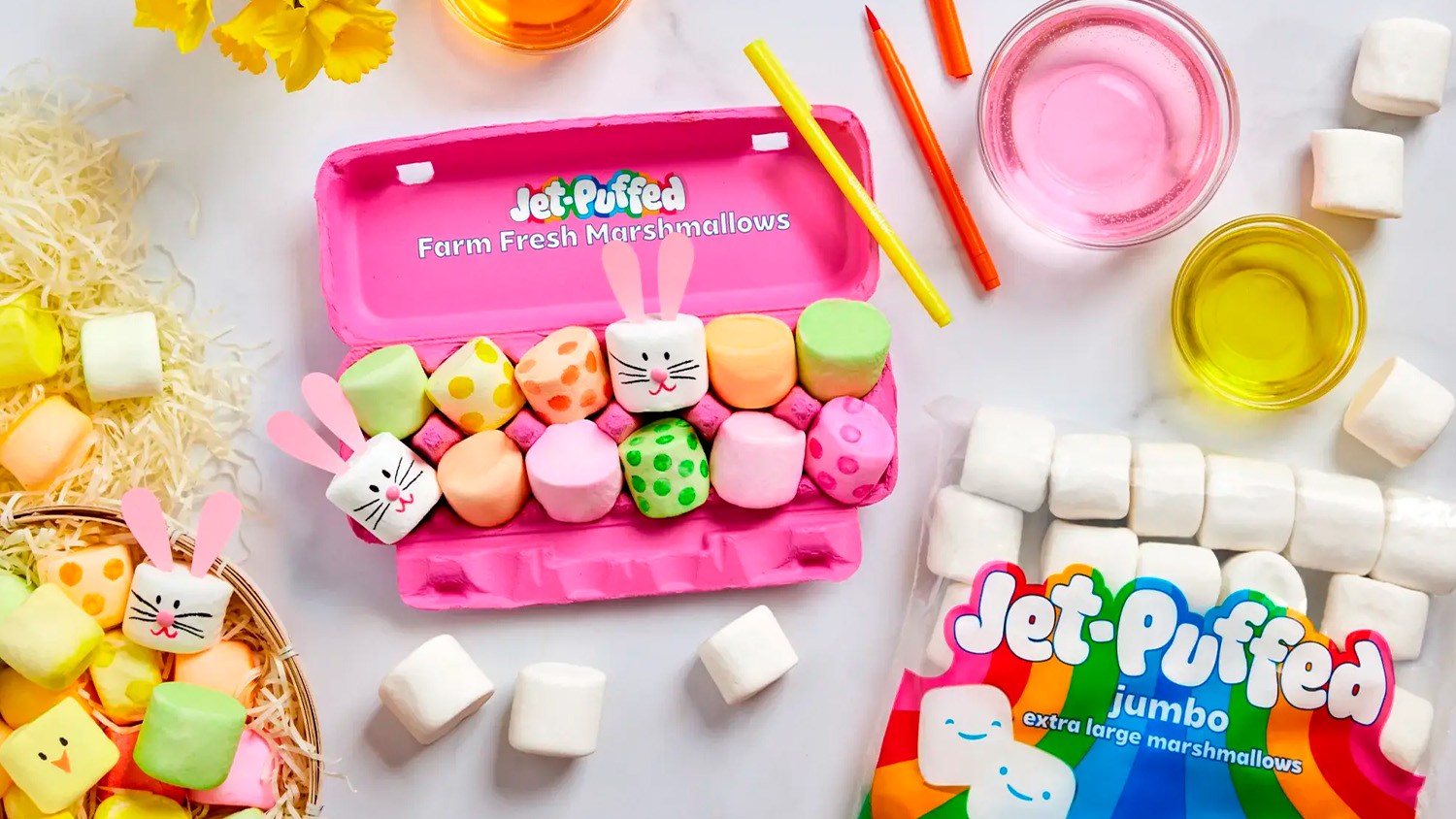NEW YORK — Summer brings heat waves, trips to the beach and sometimes painful sunburns. But according to a new study, the season may also usher in the use of cocaine, ecstasy and molly.
People are more likely to try those three party drugs and marijuana during the summer, researchers found, with over a third of LSD use and around 30% of ecstasy and marijuana use starting in the season. Around 28% of cocaine use also began in the summer.
The findings, published Tuesday in the Journal of General Internal Medicine, suggest a slight but consistent increase in people’s willingness to try drugs as the weather warms and young people take a break from school.
Dr. Joseph Palamar, the study’s lead author and an associate professor of population health at the NYU School of Medicine, said that summer brings idle time, especially for young people with little to do. “People aren’t working like crazy,” he said, and “if you’re going out, maybe just because of the warmer weather, you might be hanging out with people more.”
That can increase the odds of being offered a substance, especially at summertime events where drugs such as ecstasy, also known as MDMA or molly, are easy to find. “Particularly these days, the festival scene is huge,” Palamar said. Those raucous concerts, combined with high temperatures, could make first-time drug use during summer particularly risky.
“If you try ecstasy on a whim, and you’re drunk, and you’re dancing in 90-degree weather, that is dangerous,” Palamar said. “Ecstasy is the last thing you should be taking in an unplanned manner.”
Drug-related hospitalizations and deaths
About 3 million people started using marijuana in 2017, according to National Survey on Drug Use and Health, and around a million people started using cocaine. More than 700,000 people started using LSD, the survey found, and about the same number started using ecstasy.
His research team analyzed responses to the national survey, which asks tens of thousands of people about their drug use every year. Originally focusing only on ecstasy, researchers found that first-time use of other drugs — including cocaine, LSD and marijuana — also rose during the summer.
“If we’re thinking about prevention or harm reduction in real-time, we need to know when people are at highest risk for using,” Palamar said. Prevention efforts need to target teens and young adults near the end of the school year, he added, and people need to understand how drugs affect them during the warmer months.
“Using a drug for the first time, I think, can place an individual at unique risk, especially if use is unplanned, or if they initiate a drug that they’re unfamiliar with,” Palamar said.
“Some party drugs we examined in particular require preparation before use,” he added. “So while we’re not promoting the use of ecstasy, for example, people who use a drug like ecstasy require adequate rest and hydration to help prevent potential adverse outcomes such as heat stroke.”
The rise of summer music festivals, both in the United States and around the world, may be linked to risky drug use, Palamar said. In Europe, for example, emergency room visits for drug intoxication peak in the summer.
In 2013, two young people died at New York’s Electric Zoo music festival after using ecstasy, and at least four others were hospitalized. The deaths led to the cancellation of the festival’s final day, and the man who supplied drugs to at least one dead attendee pleaded guilty in federal court to a narcotics conspiracy charge. A year later, organizers mandated an anti-drug training video for all attendees.
“It kills me when I hear about these young kids being carried out of festivals,” Palamar said. “Teens and young adults should not be dying from drugs like ecstasy. I think there’s a lot of uneducated use going on, and it’s scary.”





















